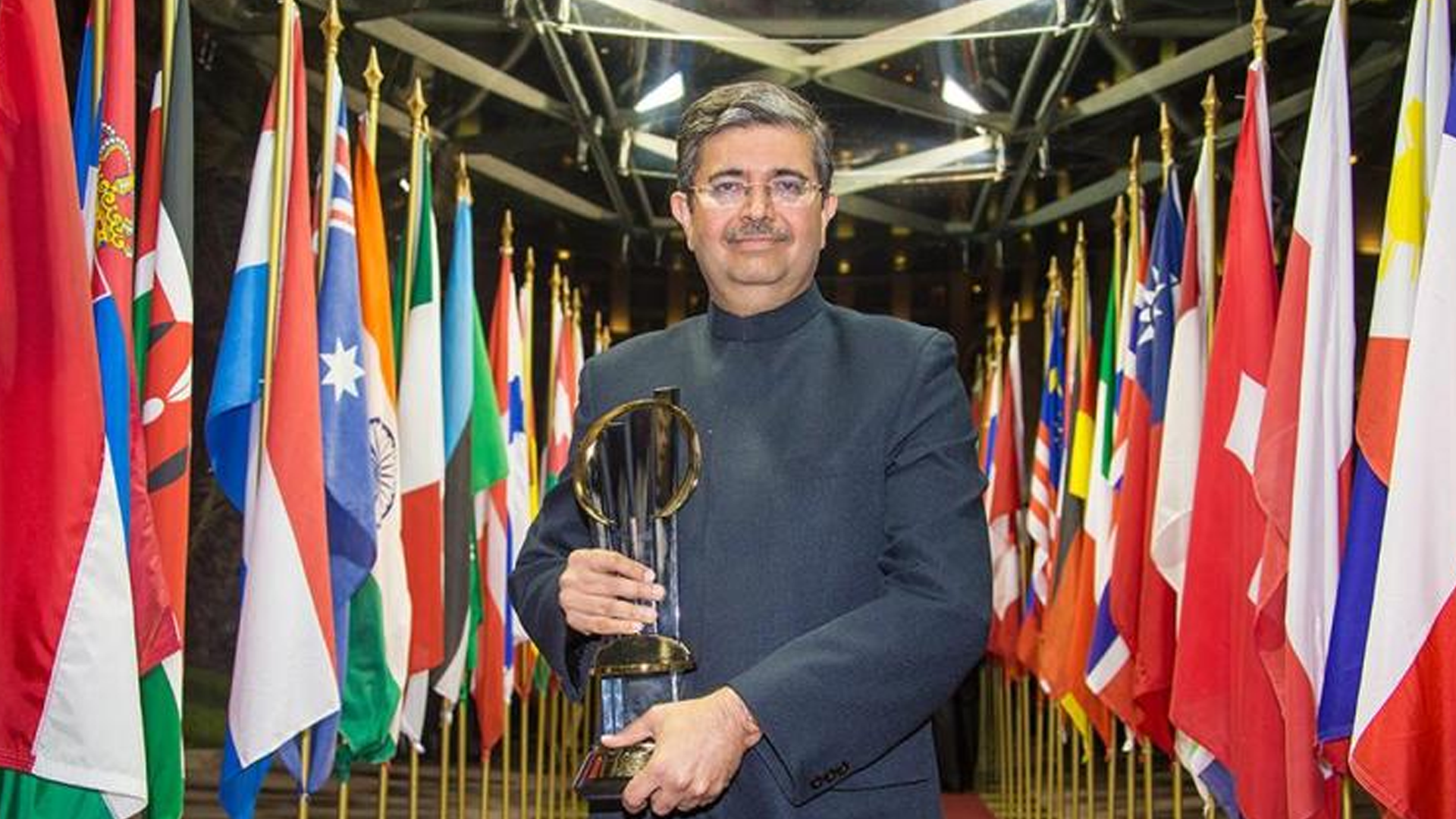
Uday Kotak Urges Modi Government to Bolster SMEs Amid Trump’s Tariff Shock
Earlier this month, Trump slapped an additional 25 per cent levy on Indian imports, on top of the 25 per cent reciprocal tariffs already in place, citing India’s imports of discounted Russian oil.
Indian banking tycoon Uday Kotak has urged Prime Minister Narendra Modi’s government to provide direct fiscal support to small and medium-sized enterprises (SMEs) as India braces for the economic fallout of US President Donald Trump’s sweeping tariff regime.
In an interview with the Financial Times, Kotak — founder of Kotak Mahindra Bank, India’s third-largest private lender — described Trump’s tariffs as a “major shock” to India’s economy. He warned that the country could not afford to remain in a “comfort mindset” and must instead treat the current crisis as a wake-up call to accelerate reforms.
Earlier this month, Trump slapped an additional 25 per cent levy on Indian imports, on top of the 25 per cent reciprocal tariffs already in place, citing India’s imports of discounted Russian oil. The White House argues that India’s purchases indirectly finance Moscow’s war in Ukraine. The move has escalated trade tensions between Washington and New Delhi, India’s largest trading partner.
Calls for Urgent Government Action
Kotak said the tariffs underscored the vulnerability of India’s economy and highlighted the need for a structural response. He called for “direct fiscal support” to SMEs in manufacturing, research, and technology, sectors he described as crucial to India’s resilience.
“Once you give that capital support, private equity, entrepreneurs’ equity [and] risk capital will come additionally,” Kotak told the Financial Times. Without such backing, he warned, Indian businesses risk losing competitiveness on the global stage.
Kotak’s remarks follow similar appeals from other leading industrialists. Anand Mahindra, chair of Mahindra Group, has urged the government to boost liquidity for SMEs and accelerate infrastructure investment. Harsh Goenka, chair of RPG Enterprises, has called for a dedicated fund to help exporters access new markets and attract supply chains relocating from China.
Modi’s Reform Push
Prime Minister Modi has attempted to reassure investors and industry leaders by pledging sweeping reforms, including reducing goods and services taxes and cutting regulatory red tape. He has doubled down on his Atmanirbhar Bharat(“self-reliant India”) vision, arguing that tariffs present an opportunity to strengthen domestic manufacturing.
Yet, the challenges are formidable. Manufacturing currently accounts for about 14 per cent of India’s GDP — far below Modi’s stated target of 25 per cent. Economists estimate that India’s GDP must grow at an average of 8 per cent annually to achieve developed economy status by 2047, the centenary of independence. Tariffs on Indian exports to the US could shave off nearly half a percentage point from annual growth, according to analysts.
Trade War as a Pivot Point
Kotak, one of the most influential voices in Indian finance, emphasized that while the macroeconomic fundamentals remain stable — with fiscal and current account deficits under control — India cannot afford complacency.
“The uncertainty of Trump’s tariff regime has created a sense of urgency for transforming India,” he said. “It offers a great opportunity to pivot.”
He argued that policymakers and businesses must prioritize productivity, efficiency, and building globally competitive brands, while encouraging manufacturers to aim beyond India’s large domestic market. Without such efforts, Kotak warned, India risks slipping into the “middle-income trap.”
India’s per capita GDP currently stands at about $2,700, compared to China’s $13,300 and nearly $89,000 in the United States. Kotak cautioned that India’s “cruise-level” growth trajectory would not be sufficient to bridge this gap quickly enough.
Growing Pressure on New Delhi
The chorus of concern from top Indian business leaders highlights the growing pressure on New Delhi to mitigate the fallout of Trump’s tariffs while sustaining high growth rates. With the 2025–26 budget season approaching, industry groups are likely to intensify calls for targeted support for SMEs, tax relief, and measures to strengthen India’s export competitiveness.
Whether the Modi government can translate this moment of crisis into a catalyst for long-promised structural reforms may determine if India can meet its ambition of becoming a developed economy by 2047.
